Here is this week’s Careers newsletter, which brings the latest news, commentary and ideas from Forbes about the workplace, leadership and the future of work straight to your inbox every Tuesday. Click here to get on the newsletter list!


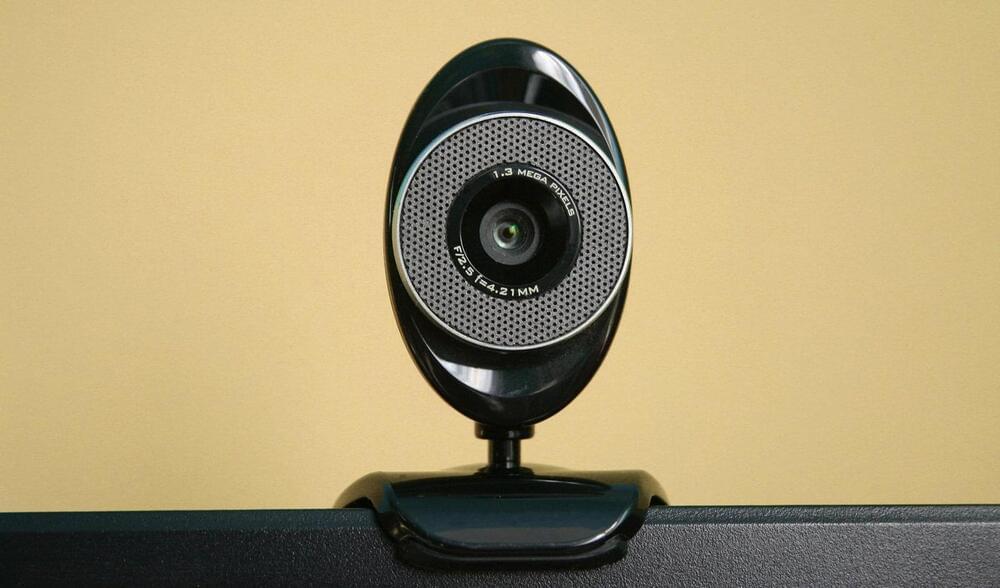
The popular Screencastify Chrome extension has fixed a vulnerability that allowed malicious sites to hijack users’ webcams and steal recorded videos. However, security flaws still exist that could be exploited by unscrupulous insiders.
The vendor acknowledged the cross-site scripting (XSS) vulnerability and promptly fixed it after security researcher Wladimir Palant reported it responsibly on February 14, 2022.
However, the same privacy and security-related risks remain unaddressed, keeping users at potential risk from websites that partner with the Screencastify platform.
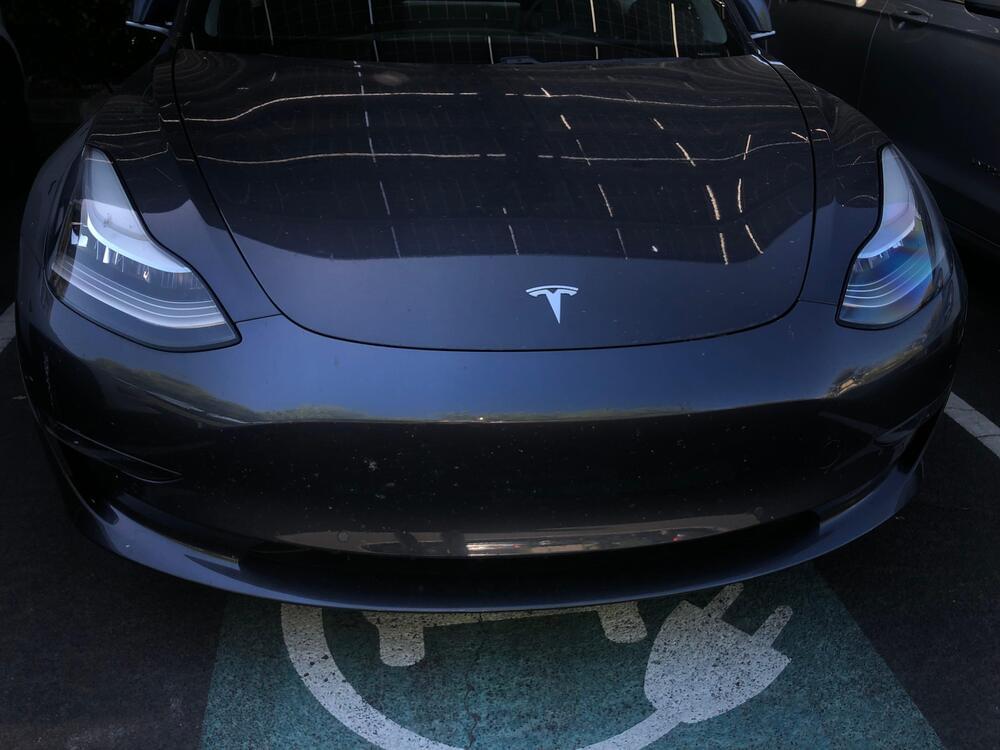
MENLO PARK (KCBS RADIO) – The Menlo Park Police Department has just received a delivery of the first of its electric patrol cars.
For more, stream KCBS Radio now.
Police volunteers in the department will be part of a pilot program to test the Tesla Y’s as patrol vehicles, starting with three, and eventually, the city is hoping to have all its vehicles be electric by 2030.

Trend Micro says it patched a DLL hijacking flaw in Trend Micro Security used by a Chinese threat group to side-load malicious DLLs and deploy malware.
As Sentinel Labs revealed in an early-May report, the attackers exploited the fact that security products run with high privileges on Windows to plant and load their own maliciously crafted DLL into memory, allowing them to elevate privileges and execute code.
“Trend Micro is aware of some research that was published on May 2, 2022, regarding a purported Central-Asian-based threat actor dubbed ‘Moshen Dragon’ that had deployed malware clusters that attempted to hijack various popular security products, including one from Trend Micro,” the cybersecurity company said.
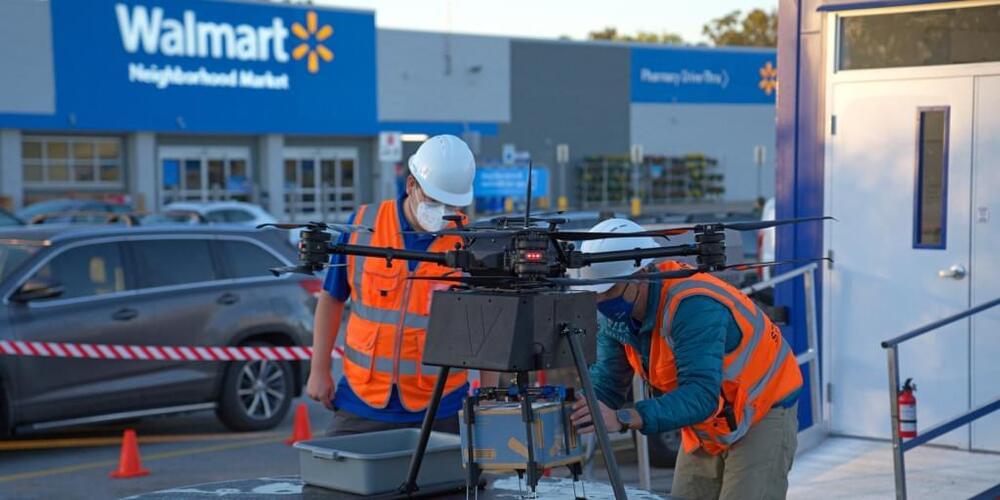
Small drones will deliver up to 10 pounds of items to six states: Arizona, Arkansas, Florida, Texas, Utah and Virginia.
Despite a nationwide slowdown in retail sales, Walmart announced Tuesday it is expanding its drone delivery program to 4 million customers in six states.
In a blog post on its website, the retail giant said the delivery program, in partnership with the drone company DroneUp, will reach 34 sites in six states by the end of the year: Arizona, Arkansas, Florida, Texas, Utah and Virginia. The goal is to reach 4 million U.S. households, delivering more than 1 million packages by drone annually.
“Between the hours of 8:00 a.m. and 8:00 p.m., customers will be able to order from tens of thousands of eligible items, such as Tylenol, diapers and hot dog buns, for delivery by air in as little as 30 minutes,” Walmart said, adding that the drones can carry up to 10 pounds. There is a $3.99 delivery fee.
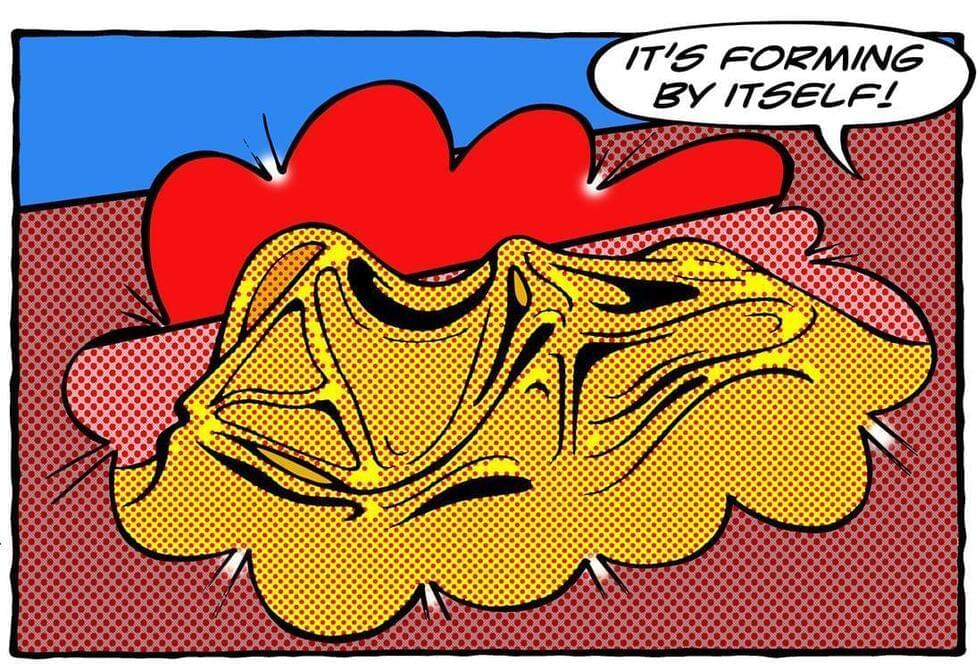
Nina Notman learns how 4D printing is opening the door to unique smart materials whose applications may only be limited by our imaginations.
Smart materials are already part of our daily lives. From novelty mugs with thermochromic pigments that change colour when holding a hot drink, to photochromic prescription glasses’ lenses that darken when the sun is out, to hydrogels that expand to soak up liquid in disposable nappies and period products. But these are only the tip of the iceberg in terms of what smart materials – that can sense information about the environment around them and then act accordingly – are predicted to achieve in the future.
According to a recent Royal Society report, smart materials on the way include window glass that changes porosity in response to humidity, clothing that adapts to environmental conditions and self-healing concretes. ‘Animate materials could eventually have a transformative effect on all spheres of life,’ the report authors wrote.
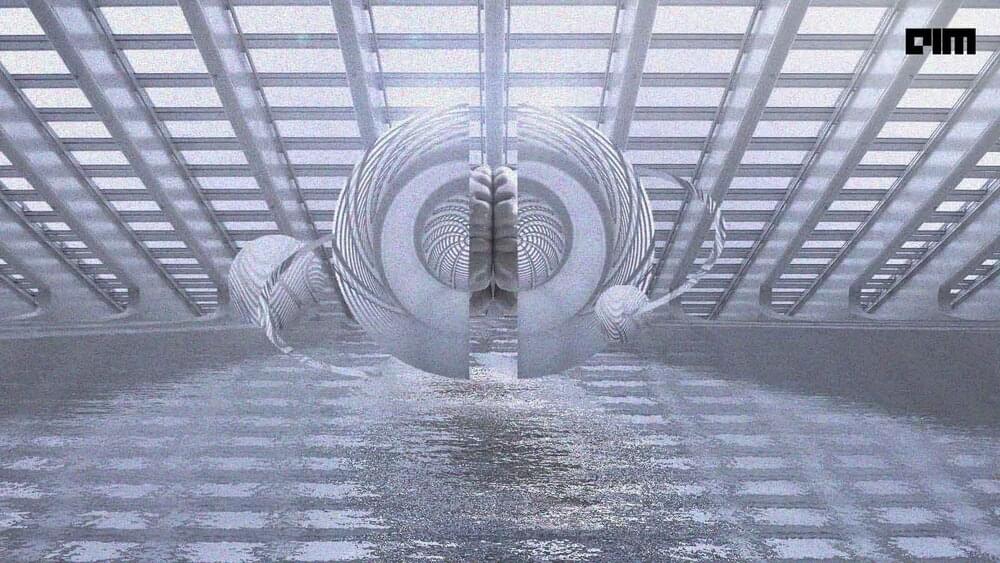
Marcus said the Turing test is not a reliable measure of intelligence because humans are susceptible, and machines can be evasive. Philosopher John Searle introduced the Chinese Room Argument that asserts programming a digital computer may make it appear to understand the language but could not produce real understanding. Even if a computer can interpret symbols and provide sensical responses, it can’t be said to be truly “conscious” because it doesn’t really understand what the symbols mean.
Hector Levesque, a computer scientist at the University of Toronto, proposed the Winograd schema challenge in 2011. Ernest Davis, Leora Morgenstern, Charles Ortiz, and Gary Marcus developed the schema further. Hector designed it as an improvement of the Turing test. The test is structured with multiple-choice questions called Winograd schemas.
Winograd schemas were named after Terry Winograd, professor of computer science at Stanford University. It is a pair of sentences whose intended meaning can be flipped by changing just one word. They generally involve unclear pronouns or possessives.

Circa 2020 Lewis acids such as in some candies can active thc in cannibidiol making a room temperature thc activation. Which has been unheard of until now leading to a breakthrough in thc activation at lower temperatures even room temperature through a lewis acid catalyst.
The chemical reactivity of cannabidiol is based on its ability to undergo intramolecular cyclization driven by the addition of a phenolic group to one of its two double bonds. The main products of this cyclization are Δ9-THC (trans-Δ-9-tetrahydrocannabinol) and Δ8-THC (trans-Δ-8-tetrahydrocannabinol). These two cannabinoids are isomers, and the first one is a frequently investigated psychoactive compound and pharmaceutical agent. The isomers Δ8-iso-THC (trans-Δ-8-iso-tetrahydrocannabinol) and Δ4-iso-THC (trans-Δ-4,8-iso-tetrahydrocannabinol) have been identified as additional products of intramolecular cyclization. The use of Lewis and protic acids in different solvents has been studied to investigate the possible modulation of the reactivity of CBD (cannabidiol). The complete NMR spectroscopic characterizations of the four isomers are reported. High-performance liquid chromatography analysis and 1 H NMR spectra of the reaction mixture were used to assess the percentage ratio of the compounds formed.
Recent years have seen a dramatically increasing interest in phytocannabinoids. Isolated from Cannabis in 1940,1,2 cannabidiol (CBD) is one of the most abundant phytocannabinoids in the species of Cannabis for textile uses.3,4 Despite the structural similarity between CBD and Δ9-THC (trans-Δ-9-tetrahydrocannabinol) (Figure Figure1 1), CBD has a low agonistic effect for cannabinoid receptors; in particular, it is considered an allosteric negative modulator of CB1 and CB2 receptors (cannabinoid receptor types 1 and 2).5,6 Current evidence shows that CBD exerts pharmacological effects via specific molecular targets such as adenosine, glycine, opioid, serotonin, nonendocannabinoid G protein-coupled, nicotinic acetylcholine, and proliferator-activated receptors.7 Moreover, CBD shows anticonvulsant, antispasmodic, anxiolytic, antinausea, antirheumatoid arthritis, and neuroprotective properties.
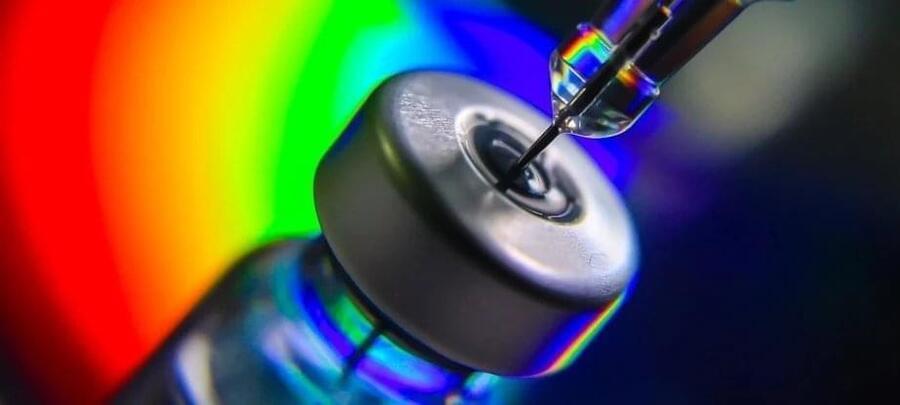
An experimental cancer-killing virus has been administered to a human patient for the first time, with hopes the testing will ultimately reveal evidence of a new means of successfully fighting cancer tumors in people’s bodies.
The drug candidate, called CF33-hNIS (aka Vaxinia), is what’s called an oncolytic virus, a genetically modified virus designed to selectively infect and kill cancer cells while sparing healthy ones.
In the case of CF33-hNIS, the modified pox virus works by entering cells and duplicating itself. Eventually, the infected cell bursts, releasing thousands of new virus particles that act as antigens, stimulating the immune system to attack nearby cancer cells.

Circa 1978
Summary. The energetics of the gravitationally powered dynamo have been studied with the aid of a compressible-earth model which allows for the growth of the solid inner core. The basic premise of this study is that as the Earth gradually cooled over geological time the solid inner core continually accreted dense material which crystallized from an outer core composed of a molten binary alloy. This process requires a continual rearrangement of matter which generates the fluid motions needed to sustain the dynamo. These motions maintain the outer core in a well-mixed state, in apparent contradiction to Higgins & Kennedy’s hypothesis that the outer core is stably stratified. The vigour of these motions is dependent primarily upon the composition of the solid inner core, but is surprisingly independent of the density of the light constituent in the core. If the solid core is composed entirely of heavy metal, then as much as 3.7 × 1012 W may be transferred from the core to the mantle as a result of cooling and gravitational settling. This is roughly equal to estimates of the amount of heat conducted down the adiabat in the core, but it is argued that there is no direct relation between the amount of heat conducted down the adiabat and the amount transferred to the mantle if the convection is driven non-thermally. The gravitational energy released per unit mass of the solid inner core is remarkably constant and may be as much as 2 × 106J/kg, roughly five times the value of the latent heat of iron. These values are reduced if the solid inner core contains some light constituents. It was found that the efficiency of the gravitationally powered dynamo may exceed 50 per cent, a much higher figure than is possible for either the thermally or precessionally driven dynamo. Also, the amount of gravitational energy available to drive the dynamo in the future is many times that expended so far. The size of the magnetic field sustained by gravitational settling was related to the density jump at the inner—outer core boundary and the field strength was estimated to lie between 390 and 685 G, strongly suggesting that the dynamo is of the nearly-axisymmetric type developed by Braginsky.